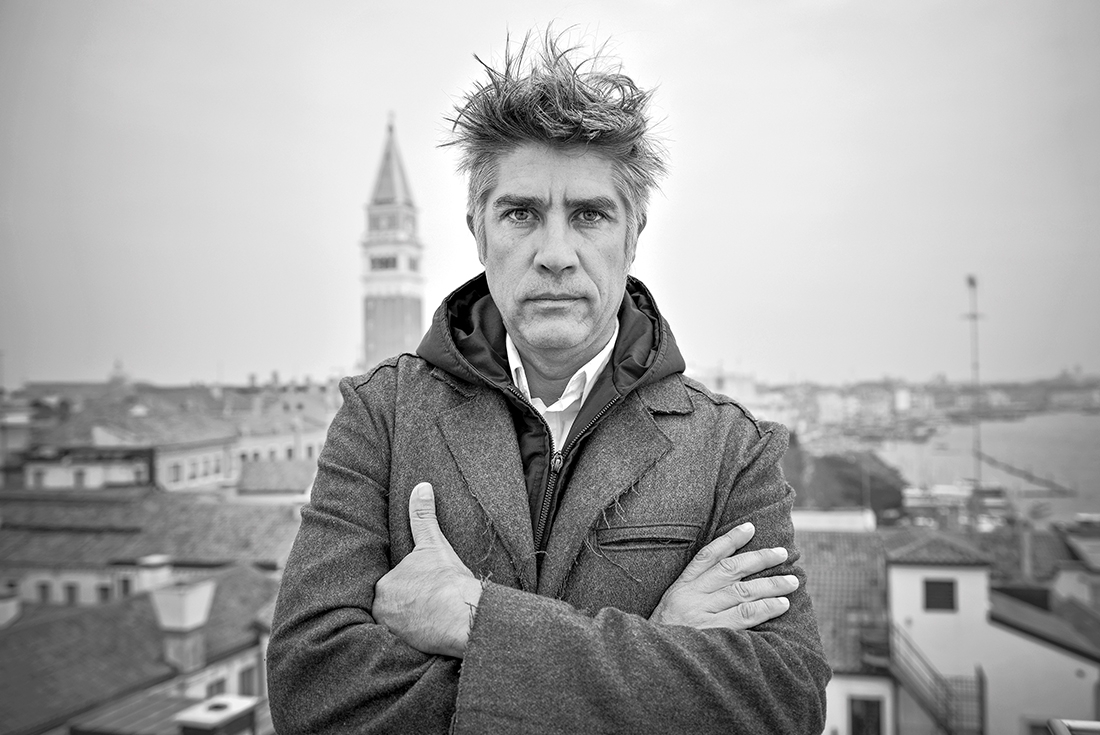
Photography : Andrea Avezzu | Courtesy : LaBiennale di Venezia

Photography : Andrea Avezzu | Courtesy : LaBiennale di Venezia
The Architect of Now
Alejandro Aravena is one of the most important architects, thinkers and doers today. He is socially conscious, form driven, and a realist. His approach, ideology and sensibility are all directed towards one mantra, building and bettering lives. Be it a city, a person or even an act, he believes in improving quality of lives. His architectural practice goes beyond buildings and blueprint; it looks at society as a whole, it addresses questions of poverty, crime, politics, economics and the world. And at the end of the day, that’s exactly what architecture should do. It’s not only about the frills and fancies, it’s more about functionality and practicality and most importantly it’s about looking at the bigger picture. Alejandro embodies that. He engages you and invites you to participate in the process of designing, and delivers all that you asked for and more. Not only has he curated one of the most important events, the Venice Architecture Biennale 2016, but in the same year he has been awarded the highest honour an architect can receive, The Pritzker Prize.
Hailing from Chile, Alejandro founded his practice Elemental in 2001 and described it as a “do tank” rather than a think tank. Since then he has been responsible for designing some of the most important and path-breaking buildings and has revolutionised social housing in the developing world.
I managed interviewing this brilliant mind and in the process I learned more about his practice and sensibility.
First, congratulations on being awarded The Pritzker Prize. How does it feel to be receiving the honour, considering you have been on the jury for years?
The Pritzker Prize has brought along a feeling of freedom. We feel we can afford to take risks. We hope that with this award we’ll go further to places we have not dared to enter before.
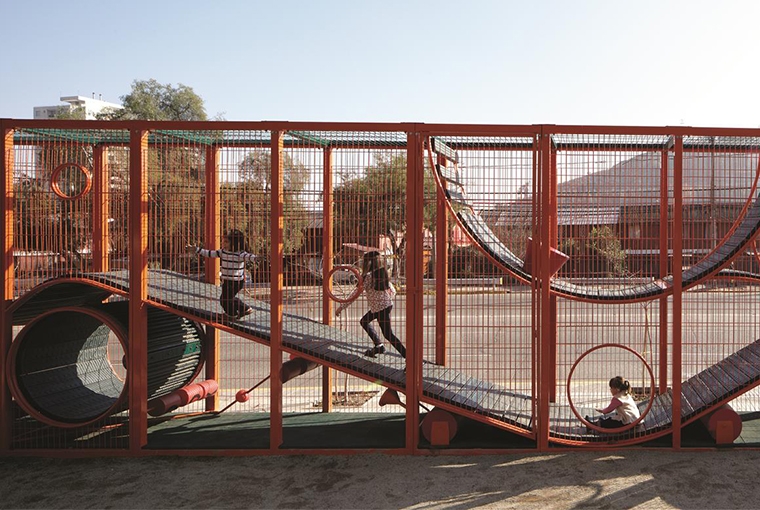
Bicentennial Children's Park
© Cristobal Palma
What is your design philosophy and sensibility?
What should inform the form of this project? This is the first question we ask ourselves. Primarily, we are very precise and wise in identifying what are the terms of the equation that needs to be solved. We spend as much time in strategically understanding what will be relevant for the design, which are the forces at play; in short what is the real question, as in finding an answer for it. Because there is nothing worse that answering well the wrong question. Therefore, we “charge” the question with as many constraints and as much information as possible in order to identify why a building should end up having a certain form, and not a different one. This is not a diagnosis but a way of organising constraints such as budget and timeline, along with conflicts such as potential risks or resistance from different groups, and aspirations the intangible and unspeakable certainties that guide all important things in life.
As an architect, what are the key things you look for in a project—on what basis do you decide whether or not to take on a project?
We believe Architecture should be concerned with improving the quality of built environment and consequently, people’s quality of life. Therefore, we look strategically for those opportunities that can be a vehicle to improve people’s lives.
What kind of power does Architecture have?
If there’s any power in design, that’s the power of synthesis: the capacity to integrate this complex set of requirements instead of
choosing one or the other. Indeed, architecture has the opportunity to turn conflicting forces into form through a design proposal. By doing so, Architecture is able to provide solutions and tackle a wide range of issues at the same time, from cultural and artistic and social to economic, thus integrating a variety of fields.
What role does Architecture play in society as a whole?
By channelling the forces at play into design proposals, Architecture can play a crucial role in building a vision for our cities. And that’s particularly relevant, as we have seen that cities can be a shortcut toward equality.
We are living in an urban age. It’s a fact that people are moving towards cities, and even if counter-intuitive, this is good news. Cities are concentrations of opportunities of jobs, educations, access to health and basic services and even recreation. Also, cities are efficient vehicles to implement public policies. Finally, cities do have the necessary critical mass for knowledge creation, something that will be more and more crucial in the development and creation of wealth in the broadest sense of the word. The problem is what we call the 3S menace: the Scale, Speed and Scarcity of means. How we will have to respond to this phenomenon has no precedents in history.
By identifying strategic projects in the city, it is possible to improve the quality of life for people without having to wait for income redistribution. For example, in the periphery where you can afford to live with the same salary that you have today, you would experience a radical change in quality of life if you could sit in the bus that takes you to work instead of being crushed in a crowd for hours. A state-of-the-art transportation system adds better quality to time spent commuting. Of course that costs money, but much less than what it would cost to try to change the structure of the city.
Another example is public space. In a country that is not the poorest in the world, like Chile, many inhabitants cannot afford to go on vacation. The only opportunity they have is to spend a moment relaxing or being with their children in the public space, which is actually very poor and scarce. Cities could and should be measured for what people can do in them free of cost.
With good design, the involvement of patient capital [the one that looks for predictability more than profitability], and the right rule of law, we could help cities turn into a vehicle of development. What is clear is that these issues are difficult. And difficult questions require professional quality, not professional charity.
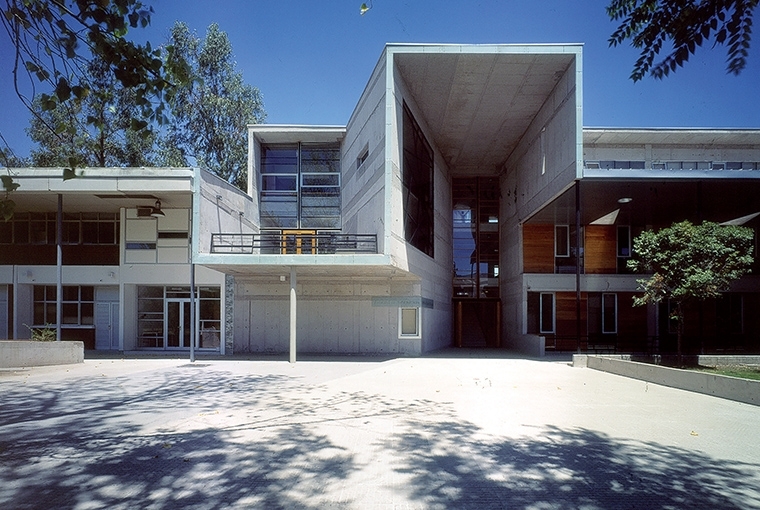
UC Mathematics School
© Tadeuz Jalocha
Can you share the concept behind your award-winning project, ‘half a good house’?
Let’s start by saying that building incremental housing is not a choice; it is a constraint. Out of the three billion people living in cities today, one billion are under the line of poverty. By 2030, out of the five billion people that will be living in cities, two billion are going to be under the line of poverty. That means that we will have to build a one-million-people city per week with 10,000 dollars per family during the next 15 years.
If we don’t solve this equation, it is not that people will stop coming to cities. They will come anyway but will live in awful conditions, in slums and informal settlements. This will create a humanitarian and health crisis with a lot of social friction, becoming on the mid- term, if not the short-term, a security threat.
Given the magnitude of the housing shortage, we won’t solve this problem unless we add people’s own resources and building capacity to that of governments and the market. That is why we thought of putting in place an open system that is able to channel all the available forces at play.
When there is no money, market and government tend to do two things: reduce and displace. Reduce the size of the houses to 30-40m2 [a middle-class family lives reasonably well in around 70-80m2]— threatening the quality of life of its inhabitants, and displace them to underserved peripheries where land costs nothing, segregating people from the opportunities that made them come to cities in the first place. In order to face such scarcity, we proposed a principle of incrementality. Therefore, instead of reducing the size and thinking of 40m2 as a small house, we provide a frame with middle class standards [half of a good house], and from then on families take over.
You approach social projects with “participatory” design. Can you explain the concept behind it and what it means?
With the participatory design process, we include families in the process of understanding constraints and priorities. Thus, we identify design conditions that belong to the “hard half” of the house, and we build precisely what is relevant and what the family would not be able to do individually. Families continue to expand, from initial social housing to a middle-class unit. In this way, people are part of the solution and not part of the problem.
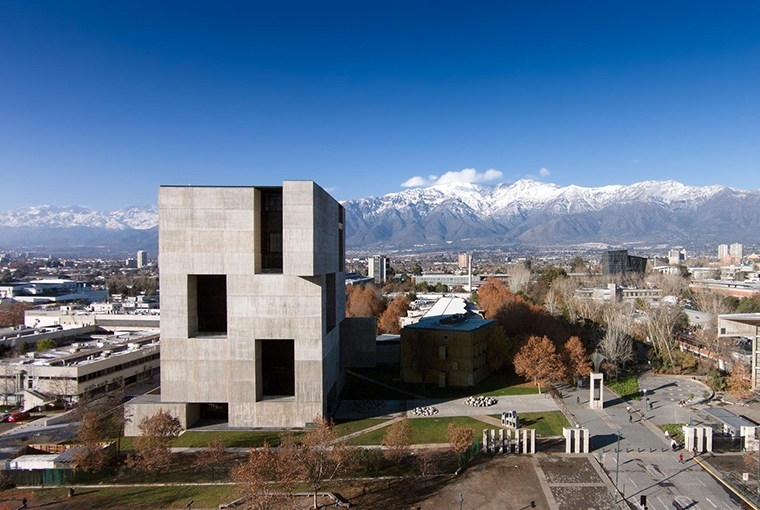
You are building people’s lives—you are giving their emotions a place to emote, be it a home, a park, a school, a museum, a workspace and so on. Do you feel architects should shoulder deeper responsibility towards society, their client and/or a city?
Architecture is about giving form to the places where we live. It is not more complicated than that, but also not easier than that.
It is not easy because those places range from houses to schools, from offices to shops, from museums to institutional buildings, subway stations, bus-stops, squares, parks, streets, trees along the streets [or not], sidewalks, parking, and the whole range of programs and pieces that constitute our built environment. Every place where we develop our lives has to have a form, inevitably.
The form of those places is defined not just by the aesthetical trend of the moment or the talent of a given designer; they are the consequence of regulations, economic constraints and policies, the need for environmental efficiency but even the lack of coordination,
indifference and simple chance. The forms that these places assume may improve or ruin people’s lives. The difficulty of the circumstances [scarcity of means, ruthless constraints, urgencies of all kinds] is a constant threat against the delivery of quality. The forces at play are not necessarily amicable either: the greed and impatience of capital or the single-mindedness and conservatism of bureaucracy tend to produce banal, mediocre and dull built environments.
In addition to that, the notion of quality of life ranges from very basic physical needs to the most intangible dimensions of the human condition. Consequently, improving the quality of the built environment is an endeav- or that has to tackle many fronts: from guaranteeing very concrete, down- to-earth living standards to interpret- ing and fulfilling human desires, from respecting the single individual to taking care of the common good, from efficiently hosting daily activities to expanding the frontiers of civilisation.
If architects are concerned about those issues, they shoulder deep responsibility towards society, their client and a city.
Our conversation with Alejandro Aravena was first published in our Design Issue of 2016. This article is a part of our substantial article archive.
Text Shruti Kapur Malhotra
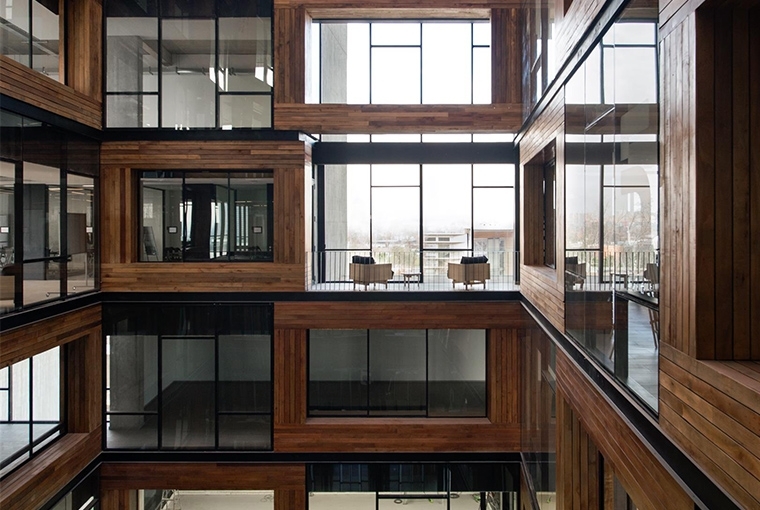
© Felipe Diaz Contardo